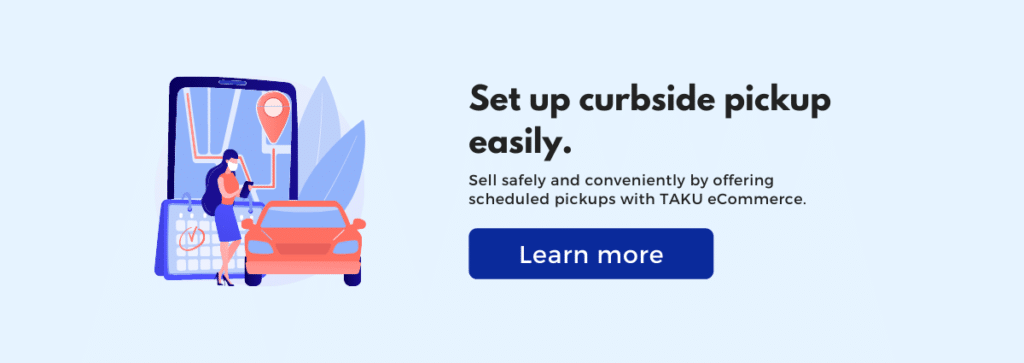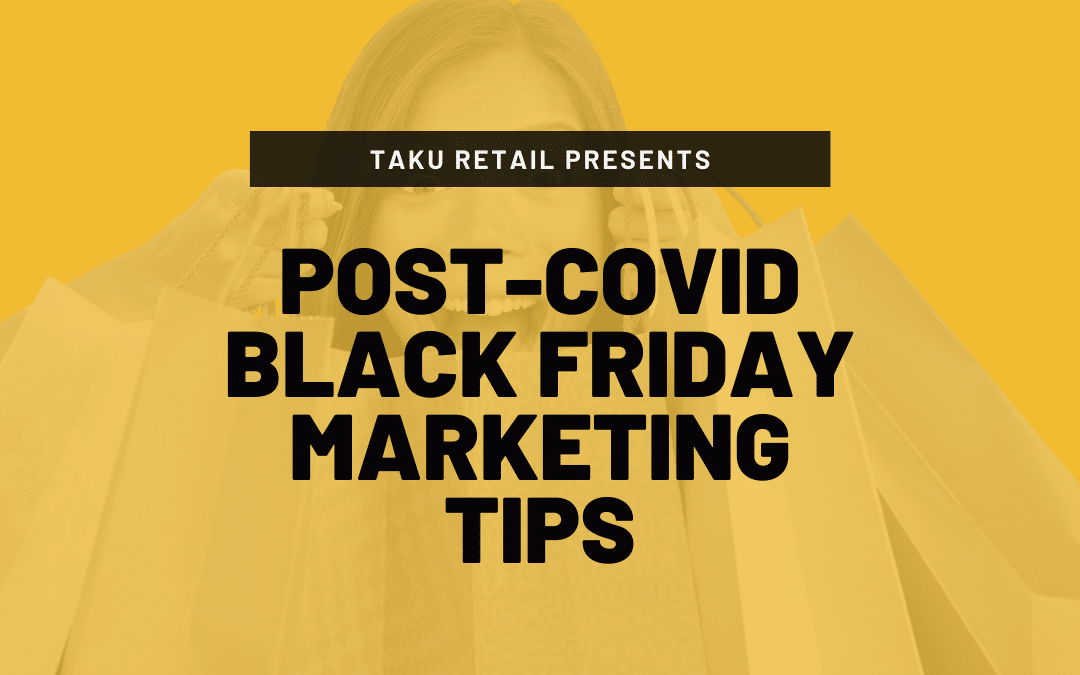Thanksgiving weekend (from Thanksgiving to Cyber Monday) is one of the biggest shopping events of the year. Black Friday will look different this year as more COVID-19 restrictions are being lifted. It will be a chance for shoppers to re-emerge in store to do their shopping.
This is the perfect opportunity for retailers to attract more shoppers with Black Friday marketing to increase store visits and sales. To take full advantage of the holiday weekend, retailers need to be prepared to meet shopper demand and expectations.
Black Friday Shopper Insights And Trends
Despite the impact of the pandemic, Black Friday sales in 2020 were surprisingly strong. Although brick-and-mortar stores saw a decline in foot traffic and sales, 2020 was a year for e-commerce. According to Adobe Analytics, online sales in the US went up by a whopping 21.6% from the previous year.
From the same survey, it was reported that 44% of consumers planned to shop small and support local retailers. Compared to previous months, local retailers did see a 545% increase in sales around Black Friday. This is good news for local retailers who want to take advantage of the spending season.
Keep reading to find out how you can take advantage of these trends and increase your retail sales!
6 Retail Store Marketing Tips
1) Improve Your Local Online Presence

Research shows that shoppers are looking to Google and conducting searches even more now prior to visiting physical stores. This shows that valid and accurate online information make it easier for shoppers to purchase in-store. This means that, even without an online store, it’s important to improve your online presence.
If your business cannot easily be found online, there’s a large chance that you are losing out on potential shoppers to your competitors. Here is a quick checklist that will help you review how your retail store appears online:
- Check to see if you business information and holiday hours are updated on Google My Business.
- You can use tools like Yext to run a scan of how your business appears on listings / online directories across the web (Google, Yahoo, Bing etc).
- If you’ve moved or want to be found on more local directories, sign up for a one-time local listing service through services such as The Hoth or Fat Joe.
- Encourage or even offer a small incentive to get your happy customers to leave a positive review on your Google My Business store profile. Make sure that you reply to customer reviews whether they are good or bad. You’ll want to ensure that your customers are regularly leaving reviews as 90% of customers read online reviews before visiting a business. Click here to find out how you can gather more positive reviews for your retail business.
- Retailers with websites need to make sure that their websites are mobile-friendly. You can use Google’s Mobile-Friendly test to check how easy it is for shoppers to view your website on their mobile phones.
2) Engage With Shoppers After The Holiday Weekend Is Over
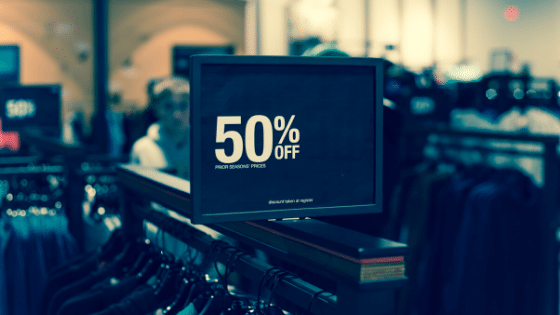
Over 56% of 2018 Black Friday shoppers still had holiday shopping to complete after the weekend was over. And the majority of shoppers (92%) believed that the strong deals offered over the weekend would continue or improve throughout the rest of the holiday season.
This means that in order to capture this chunk of customers, retailers should build on the existing interest and run promotions or events even after the Black Friday weekend. To reach as many shoppers as possible, run email marketing campaigns possibly together with digital marketing ads to promote your unique products and deals!
3) Partner Up With A Local Business

It’s hard for small retailers to compete with big-box stores on Black Friday or Cyber Monday. Slashing prices in an attempt to increase traffic and sales just isn’t good for your profit margins. But with 65% of shoppers indicating that good deals are their main motivation for Black Friday weekend shopping, you still need to find ways to stand out.
By partnering with local businesses, you can provide unique deals that shoppers will have a hard time passing up. And this way, you don’t have to risk low profit margins. In fact, you can still sell products at regular price or even at a premium.
The best collaboration strategies include:
- Selling products in bundles: Packaging products that complement each other in one product bundle is a great way to increase your store’s average order value. For example, pairing three lipstick shades with a skincare product or, bundling sweaters with a free bag. In order for this strategy to work, it’s obviously a good idea to partner with another retailer that sells complementary products.
- Offer partner promotions / discounts: Another effective strategy includes cross-promoting. For example, shoppers will receive 10% off of total sale or free shipping at your partner’s business when they purchase $50 or more at your store. You can print promotional material on your receipts and customers can use this as a voucher.
- Host in-store or online events: You can also team up with local businesses to host special events. For example, you could partner up with a nearby restaurant to host a late-night open house or extended seasonal hours. Remember a good chunk of shoppers view Black Friday as something fun – 17% of shoppers see it as a group activity with their friends / family and 21% of shoppers say that it gives them something to do.
4) Offer Exclusive Benefits To VIP Shoppers

Black Friday is a great opportunity to strengthen your relationship with your most loyal shoppers. After all, they are best customers and the ones most interested in your products.
By adding exclusivity to your email marketing campaigns, you increase psychological rewards like a sense of belonging and importance. This is why exclusivity makes your promotional offers appear more attractive to shoppers vs. simply pricing and encourages them to visit your store.
Remember – shoppers receive too many emails during this time of year. So make your emails stand out with:
- Clear offers in the subject line (for example: Exclusive VIP Sale)
- Personalized subject lines (personalized subject lines are 26% more likely to be opened). Or, you could include the shopper’s first name in the email opening line.
- A short, simple, and to the point message.
5) Promote Urgency
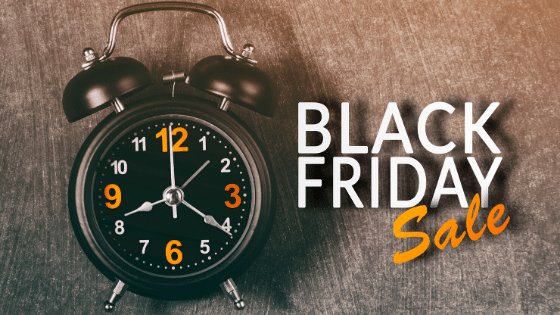
The majority of shoppers (92%) believe that strong deals will be offered all throughout the holiday season. And with so many competitors offering deals during the weekend, shoppers are left with a lot of decisions to make. That’s why it’s necessary to create a sense a urgency with your Black Friday marketing campaigns.
Urgency is a widely used marketing tool in retail. And for good reason – creating a sense of urgency in shoppers increases demand and ultimately leads to more purchases. Create an incentive for shoppers to take action by running your promotions for a limited time. One effective way to create time pressure is to include a countdown timer on your website or in your email campaign. Show your shoppers how many days, hours, and minutes are remaining for them to get a deal on their favorite items.
6) Highlight Stock Availability
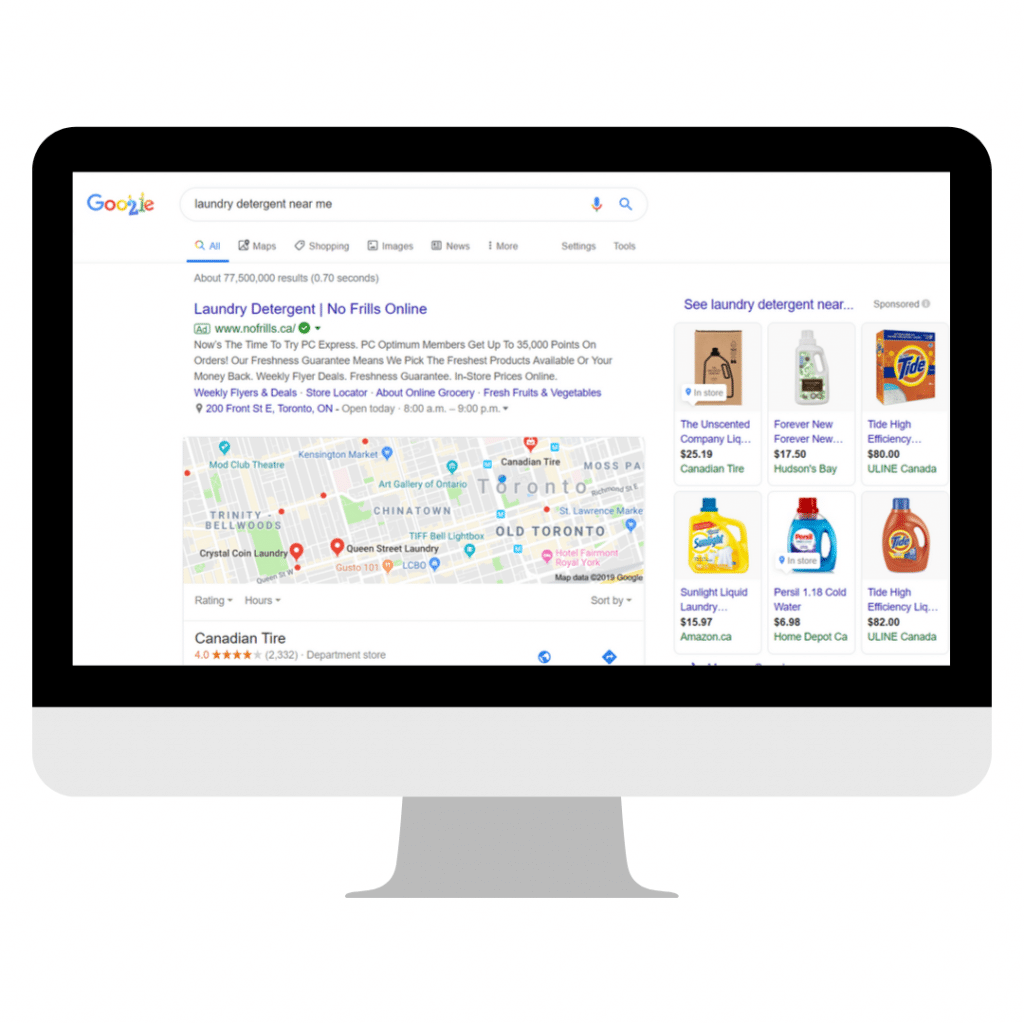
Stock availability is a type of FOMO or “Fear Of Missing Out” that encourages shoppers to take action. It’s a good idea to emphasize that certain items are limited or low in stock in your marketing campaigns or on your e-commerce site. If you do not have an online store, it’s a good idea to run Google Local Inventory Ads and take advantage of digital marketing that helps you promote automatically based on product availability. If your POS is linked directly to these type of Google Ads, stock availability will adjust based on real-time shelf quantities and save you the hassle of manual updates.
These ads work by targeting nearby shoppers who are searching online for products that your store sells. Google LIAs are effective because they capture shopper intent at the moment that they are looking to purchase. Click here to learn how your store can easily implement Google LIAs together with your POS system to increase store sales and foot traffic.
Omnichannel Shopping Are The New Reality Of Retail
- Shoppers prefer to research online before purchasing in-store.
- People are increasingly browsing a variety of different channels before purchasing.
- More shoppers are using search in-store to guide their purchasing decisions.
It turns out that these shoppers are more valuable too. 73% of shoppers are not just shopping either fully online or in-store. These people are called omnichannel shoppers who go through their buying experience in more than one way. According to the NRF, shoppers who used more than one way to look for deals spent up to $93 more than the single channel shopper. And according to another study, multi-channel shoppers have a 30% higher lifetime value than those shoppers that only purchase from one channel.
Regardless of what stage you are at, moving your retail business online, consider the strategies above to improve how well you serve your customers online this year during the all-important holiday shopping season.
Want to know more about curbside pickup?
